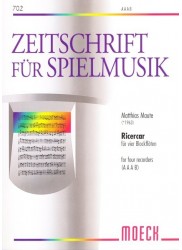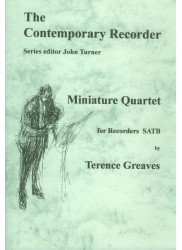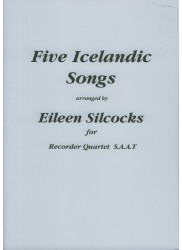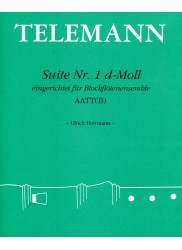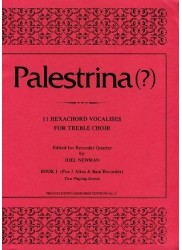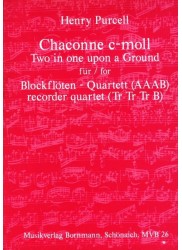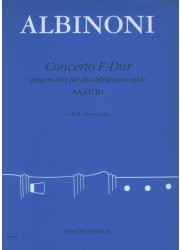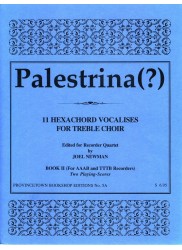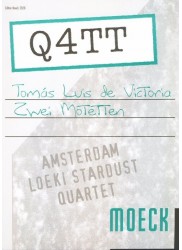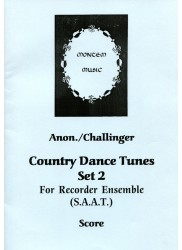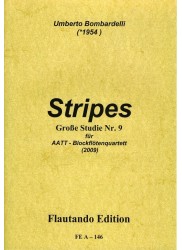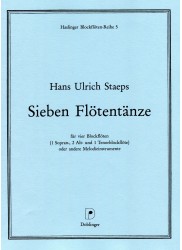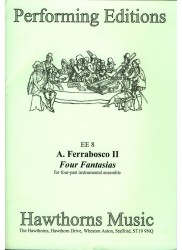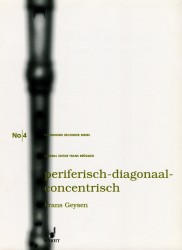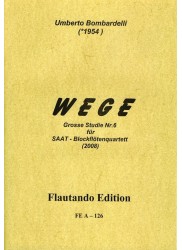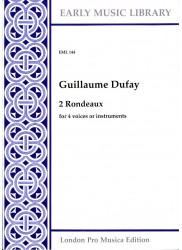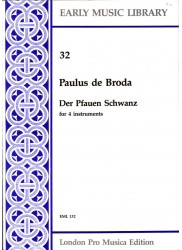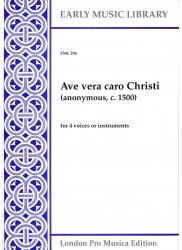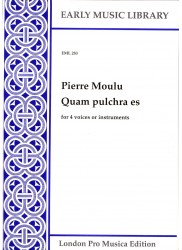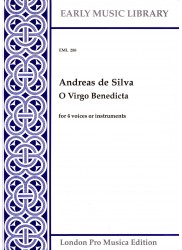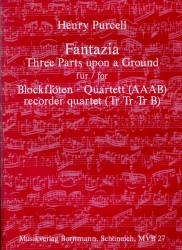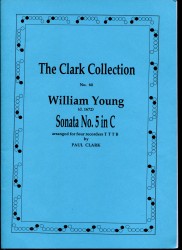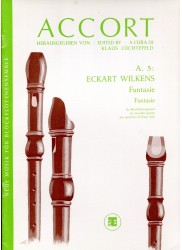No products
Prices are tax included
Monet's Bridge
OMP157.pdf
PLEASE NOTE - DOWNLOADABLE PDF VERSION
Composer: Pye - David
Instrumentation: 2 Trebles - 2 Tenors
Period/genre: Australian Contemporary
Grade: Moderate - Difficult
More info
*Contemporary Piece.* Beguiling, impressionistic and atmospheric piece, winner of the 2005 National Recorder Composition Competition.
1. Monet Bridge
Please note that due to the automated delivery of virtual products including pdf downloads, PayPal payment is required at the checkout - we are unable to accept the cheque payment method for these items.
_Score 7 pp. Parts 3 pp. Downloadable PDF file._
OMP157 David Pye Monet's Bridge
French Impressionist Claude Monet's painting of the Japanese bridge at Giverny was the inspiration for this quartet by Australian composer David Pye, a percussionist, conductor and composer who is particularly drawn to dance and theatre music. He is keenly interested in the music of India and Western Java. At the time of this writing, Monet's Bridge, which won the 2005 National Recorder Composition Competition (Australia), was Pye's only work in the Orpheus catalog.
After a brief set of flourishes, the quartet embarks on a mesmerizing interplay of motives whose rhythms bring to mind Eskimo throat-singing. An ever-present En adds to the hypnotic effect. Double-tonguing, fluttertonguing, overblowing and pitchbending are required in all parts.
Pye notes the affect of the Japanese end-blown bamboo flute, the shakuhachi. The allusion is perhaps to the pitch-bending technique integral to its music. Although shakuhachi repertoire is pentatonic, such scales are not a feature of this piece.
The composer writes that another source of inspiration was Percy Grainger's Immovable Doh, in which a given pitch is sustained throughout. Henry Purcell experimented with this technique masterfully in his Fantazia in F Upon One Note for four viols. More recently, Elliott Carter, inspired by Purcell, also composed static-pitch pieces (e.g., "Etude No. 7" from Eight Etudes and a Fantasy for woodwind quartet, composed in 1949).
As the piece concludes, the rhythmic density, pitch range and tempo diminish gradually. The duration is about five-and-a-half minutes.
The four parts are equally important, and playing is more or less continuous in each. Technically, the piece is moderately challenging. The opening bars are a bit tricky to coordinate; a reading with the score is advised.
Martha Bixler, American Recorder, May 2012
Life recording from a concert, performed by The Recorder Co-op (Melbourne, Australia), in March 2020.
To view the video CLICK HERE
Orpheus Music would like to thank The Recorder Co-op for generously sharing their recordings with us.
30 other products in the same category:
Reference: OMP062
Brand: Orpheus Music
Agnistoma II
Composer: Irlandini - Luigi Instrumentation: 2 Trebles - 2 Tenors...
$20.50 -20%In StockReference: OMP062.pdf
Brand: Orpheus Music
Agnistoma II
PLEASE NOTE - DOWNLOADABLE PDF VERSION Composer: Irlandini - Luigi...
$20.50 -20%In StockReference: OMP185
Brand: Orpheus Music
Suite for Recorder Quartet Op 116
Composer: Maddox - Richard Peter Instrumentation: Descant - 2 Trebles -...
In StockReference: OMP157
Brand: Orpheus Music
Monet's Bridge
Composer: Pye - David Instrumentation: 2 Trebles - 2 Tenors Period/genre:...
In StockReference: ZFS806
Brand: Moeck
Kingfishers
Composer: Termohlen - Nicola Arranger: Paul Leenhouts Instrumentation: 2...
In StockReference: ZFS813
Brand: Moeck
Wanzenwanderung [Travelling Bugs]
Composer: Termohlen - Nicola Instrumentation: 2 Trebles - 2 Tenors...
In StockReference: PJT001
Brand: Peacock Press
Miniature Quartet
Composer: Greaves - TerenceInstrumentation: Descant - 2 Trebles -...
In StockReference: P047*
Brand: Peacock Press
Five Icelandic Folk Songs
Composer: Silcocks - Eileen Instrumentation: Descant - 2 Trebles - Tenor...
In StockReference: N3778
Brand: Noetzel
Suite No 1 in d minor
Composer: Telemann - Georg Philipp Instrumentation: 2 Trebles - 2 Tenors...
In StockReference: PBE05
Brand: Provincetown Bookshop
11 Hexachord Vocalises, Book I
Composer: Palestrina - G.P.Arranger: Joel NewmanInstrumentation: 3 Trebles -...
In StockReference: MVB026
Brand: Bornmann
Chaconne C minor Two in One upon a ground
Composer: Purcell - HenryInstrumentation: 3 Trebles - BassPeriod/genre:...
In StockReference: N3776
Brand: Noetzel
Concerto in F Major
Composer: Albinoni - Tomaso Instrumentation: 3 Trebles - Tenor/Bass...
In StockReference: PBE005A
Brand: Provincetown Bookshop
11 Hexachord Vocalises, Book II
Composer: Palestrina - G.P. Arranger: Joel Newman Instrumentation: 3...
In StockReference: M2828
Brand: Moeck
Two Motets
Composer: Victoria - Tomas Luis deArranger: Daniel BruggenInstrumentation:...
In StockReference: AC06
Brand: Montem Music
Country Dance Tunes Set 2
Composer: Challinger - AndrewInstrumentation: Descant - 2 Trebles -...
In StockReference: FEA146
Brand: Flautando Edition
Stripes, Grosse Studie No 9
Composer: Bombardelli - UmbertoInstrumentation: 2 Trebles - 2...
In StockReference: DO HBR5
Brand: Doblinger
Sieben Floetentaenze
Composer: Staeps - Hans Ulrich Instrumentation: Descant - 2 Trebles - Tenor...
In StockReference: EE08
Brand: Hawthorns
Four Four-Part Fantasias
Composer: Ferrabosco - Alfonso Instrumentation: Descant - 2 Trebles - Tenor...
In StockReference: TMR4
Brand: Schott
Peripheral-Diagonal-Concentric
Composer: Geysen - FransArranger: Franx BruggenInstrumentation: 2 Trebles - 2...
In StockReference: FEA126
Brand: Flautando Edition
Wege
Composer: Bombardelli - UmbertoInstrumentation: Descant - 2 Trebles -...
In StockReference: EML144
Brand: Early Music Library
2 Rondeaux
Composer: Dufay - GuillaumeInstrumentation: 2 Trebles - 2 TenorsPeriod/genre:...
In StockReference: EML156
Brand: Early Music Library
2 Rondeaux
Composer: De Machaut - GuillaumeInstrumentation: 2 Trebles - 2...
In StockReference: EML132
Brand: Early Music Library
Der Pfauen Schwanz
Composer: De Broda - PaulusInstrumentation: Descant - 2 Trebles -...
In StockReference: EML294
Brand: Early Music Library
Ave vera caro Christi
Composer: AnonymousInstrumentation: 2 Descants - Treble - Tenor (or Descant -...
In StockReference: EML283
Brand: Early Music Library
Quam pulchra es
Composer: Moulu - PierreInstrumentation: 3 Trebles - BassPeriod/genre:...
In StockReference: EML288
Brand: Early Music Library
O virgo benedicta
Composer: Silva - Andreas deInstrumentation: 3 Trebles - Bass (or Treble - 3...
In StockReference: MVB027
Brand: Musicverlag Bornmann, Schonaich
Fantazia Three Parts upon a Ground
Composer: Purcell - HenryArranger: Johannes BornmannInstrumentation: 3...
In StockReference: CC60
Sonata No 5 in C
Composer: Young - WilliamArranger: Paul ClarkInstrumentation: 3 Trebles -...
Out of stockReference: 2078PJT
Fantasia (1978)
Composer: Wilkens - EckartArranger: Klaus LuchtefeldInstrumentation: Descant...
In Stock

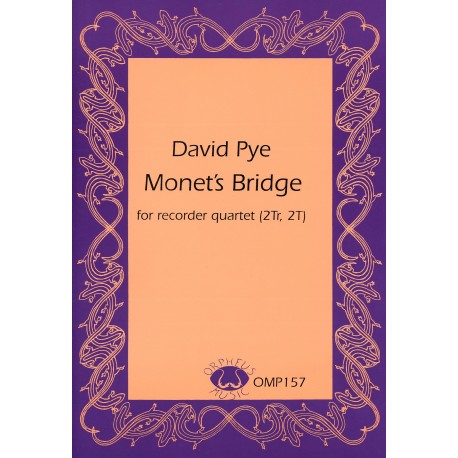



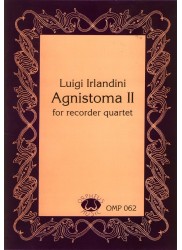

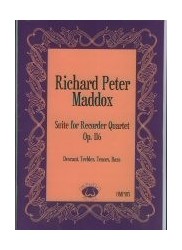

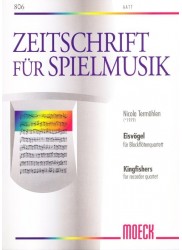
![Wanzenwanderung [Travelling Bugs]](https://orpheusmusic.com.au/5573-home_default/wanzenwanderung-travelling-bugs-.jpg)
